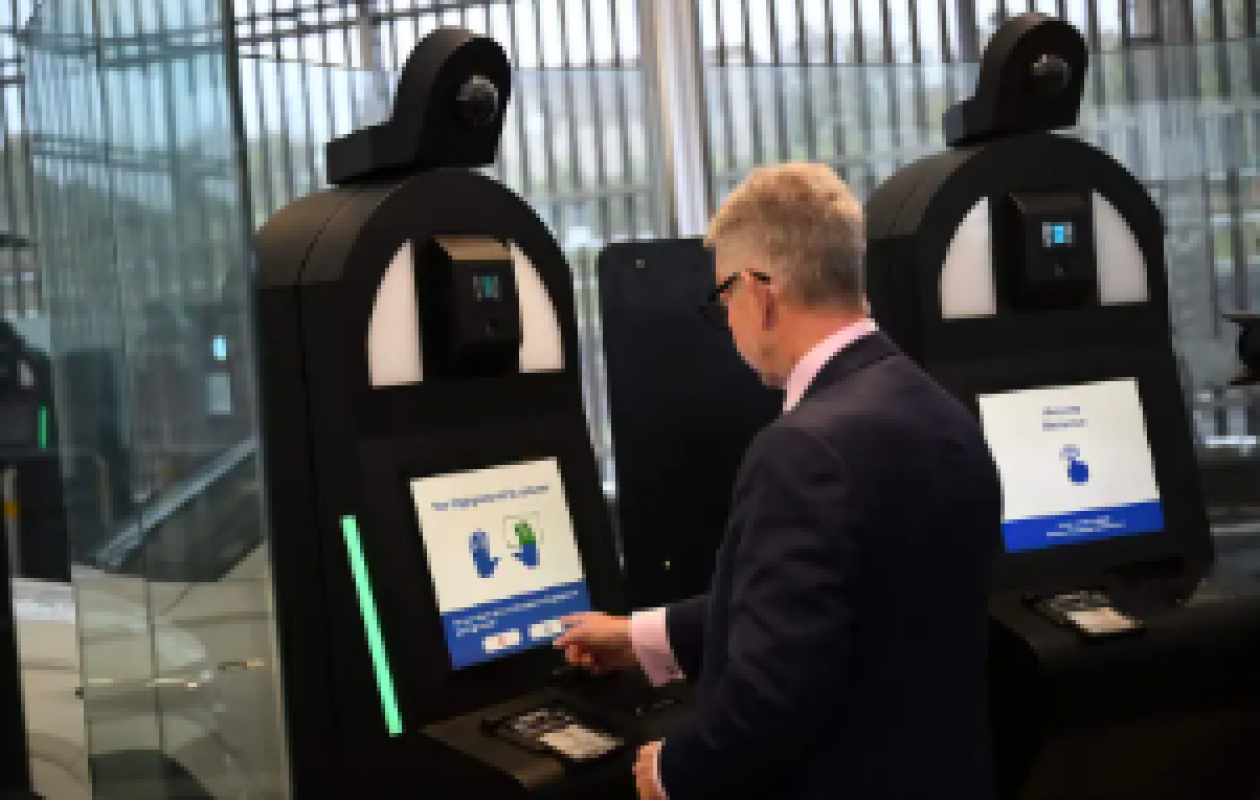
Aéroports Fin des tampons dans les passeports
At European Union (EU) airports, the days of passport stamps are over. The era of fingerprints and biometrics has arrived.
Starting October 12, the European Union will begin installing automated biometric checks for foreign travelers entering 29 countries.
By April 10, the Entry-Exit System (EES) will have replaced traditional procedures such as the coveted passport stamp with facial recognition and fingerprints in the 29 Schengen countries.
This change includes top tourist destinations such as France, Italy, Spain and Greece.
According to the European Council, some countries will quickly implement biometrics, but others may adopt a phased approach, reverting to the old procedures during peak periods. During the transition, customs officials will continue to stamp passports.
This is the last chance to acquire that globetrotter badge, which has sentimental value, says Robyn Stencil, tour manager for tour operator Rick Steves. "There probably won't be any more stamps in your passport," she says.
Faster through customs
According to travel experts, the technological benefits outweigh the nostalgia factor.
Initially, during the break-in period, the wait might be a little longer, but this advanced contactless system could save a lot of time.
Upon arrival, new users will need to register at an immigration counter or kiosk that will record their fingerprints, take their photo and scan their passport.
If all goes well, they will be admitted into the country. Children under 12 will not be required to provide fingerprints.
Instead of standing in line, waiting to be seen by an immigration officer, who will examine your passport and then stamp it, you will use a self-service scanner. Ultimately, border crossing will be much more efficient.
Robyn Stencil, tour manager for Rick Steves tour operator
The EU justifies the change by the speed and efficiency of the new system, which also helps to strengthen security in the Schengen area and the fight against illegal immigration.
According to Liam Dunch, global head of Europe at luxury travel company Abercrombie & Kent, biometric data will help the EU better track tourist stays and detect overstays.
"There was no centralized electronic tracking, so it was impossible to know if travelers were overstaying in Europe," Dunch said. "Now everyone will be recorded in a central database. If you overstay, there will be consequences."
What about confidentiality?
The EU's move to biometrics is part of a growing security trend. Earlier this summer, the U.S. Transportation Security Administration unveiled PreCheck Touchless ID lanes at 15 airports for domestic flights.
Four airlines are participating. This facial recognition system verifies travelers' identities: no need to present a driver's license or other identification. Internationally, customs officials use this technology for passengers arriving and departing from 230 airports.
The intrusive nature of biometrics raises privacy concerns. According to the EU, the new system will record and store the following data: full name and date of birth; date and place of arrival and departure; facial image and fingerprints; and any rejections at the border.
Biometric data may be stored for five years.
According to the EU, only certain national authority personnel can access data, such as border, visa, and immigration officials, as well as police from countries participating in the EES system. Third parties essentially cannot obtain your data.
Rich Davis, senior security consultant at International SOS, a security risk assessment firm, says privacy protections in Europe are high—and stricter than in the United States. The EU's data protection regime, which came into effect in 2018, is a comprehensive and rigorous law that protects individuals' right to privacy. Violators face fines of up to tens of millions of euros.
Unfortunately, travelers to Europe who are concerned about biometrics cannot request a human passport check instead.
"If you want to go to Europe, you have to provide your biometric data," says Stencil. "If you decide not to, you've decided not to go to Europe."
Commentaires (4)
Vive le progrès, mais attention à la confidentialité des données personnelles sensibles.
Finally a proven way of earning money online. Yes! you can earn more than you think only by working just a few hours from home regularly. I have been doing this job for like a few weeks and my last weekly payment was exactly 2537 dollars. See More Information Here.====> https://Www.EarnApp1.Com
Pour les sorties, c'est déjà appliqué par les USA, du moins la police de JFK.
La dernière phrase n'était pas utile... Si un investisseur désire y aller pour y poser ses milliards, vous allez réfléchir à deux fois. Bref une bonne mesure qui sera utile pour tout le monde et va éviter à certain le contrôle au faciès et les regards méchants de certains policiers aux frontières.
Pas de tampon sur le passeport au Canada.
YUL (Montréal-Pierre Elliott Trudeau International Airport).
Oui, effectivement.
Espionnage , Fin de la vie privée
Participer à la Discussion